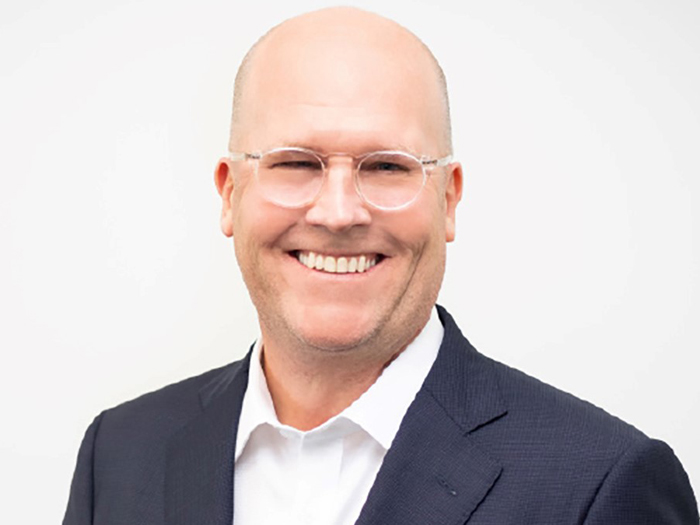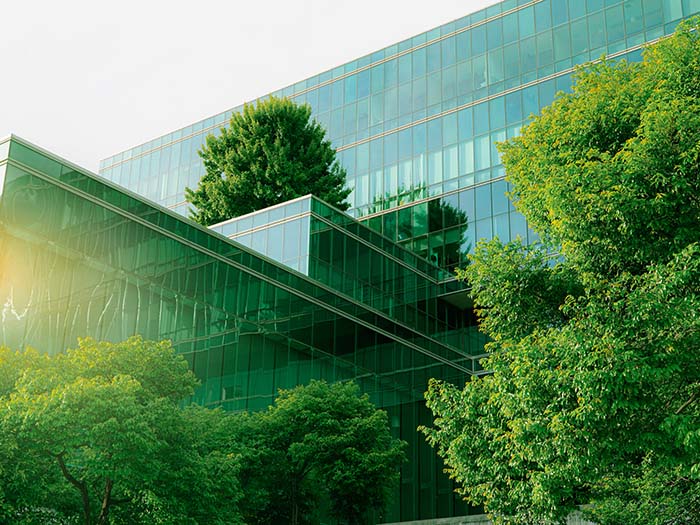7 Ways COVID-19 Is Impacting Workers’ Comp, According to One Call CEO Thomas Warsop

As the coronavirus shuts down commerce and forces individuals and families into self-isolation, the degree of its ultimate impact on society and the economy remain unclear.
According to one workers’ compensation industry executive, though, its influence on his sector is already being felt tangibly.
According to Thomas Warsop, CEO of One Call, here are seven ways COVID-19 is impacting or will impact workers’ compensation.
1) Frequency
Recent trends in workers’ compensation reflect an industry, to its credit, that is seeing less frequency of worker injury. The high cost of medical delivery in the United States means that severity, however, is not tailing off.
As this involves the COVID-19 outbreak, it’s a given that with business and government shutdowns, workers are being laid off or are seeing their hours reduced. As such, the outbreak should, at least in the short term, magnify the reduced frequency trend in workers’ compensation.
“The immediate thing,” Warsop said, “and it’s probably pretty obvious, is that it is highly likely that we’ll see a pretty significant decrease in workers’ comp claims. That’s a good thing for all of us who work in this sector. We don’t want to see anyone get hurt,” he added.
2) Provider Capacity
“Unfortunately, the other side of this is that we are seeing the providers have less capacity for work or closing their doors altogether,” Warsop said.
“We have received e-mails from doctors and dentists saying that they are going to close for a couple of weeks. This is going to be interesting because due to the lower frequency of injury we will see fewer claims, but we hope we have enough capacity to manage the claims that we do see,” Warsop said.
Warsop said large workers’ compensation service providers like One Call have the ability to shift health care professionals and other service providers to claims as needed. This could be a time for workers’ compensation service providers to flex their capabilities in the face of the coronavirus outbreak.
3) Durable Medical Equipment
A massive, global health crisis like the COVID-19 outbreak is bound to stress supply chains of all kinds. The intervention of the U.S. Government to stop trade with China was just one step in a series of actions that slowed commerce to a crawl and threatened to pitch the world, not just the U.S., into a short, sharp recession.
When it comes to workers’ compensation, according to Warsop, the crisis is creating supply chain issues in the area of durable medical equipment. Whether it be ventilators, or something as simple as gauze or bandages, shortages are bound to occur.
This is another area where the workers’ compensation industry, while being presented with a stern challenge, can step up and get injured workers the care, and the equipment, they need.
“There will probably be difficulties in getting certain types of supplies, not only in finding them but delivering them where they need to go,” Warsop said.
“One of the things that we have done is staging home health supplies, particularly for people that are cared for at home,” Warsop said.
“We are making sure that we are getting a much longer-term supply of whatever it is that they need than we would normally do. If you need gauze or you need certain types of bandages, or whatever it is, we’re making sure that we get a sufficient stockpile for you,” he added.
4) Transportation
Injured workers and workers of all kinds have gotten used to ride share services, as the gig economy has moved to take advantage of market opportunities left unfulfilled by traditional transport-for-hire services like buses and taxis.
But Warsop said he and his colleagues in workers’ compensation are seeing evidence that the use of rideshare services is lessening as the COVID-19 outbreak plays out.
“We have started to see an impact in this,” Warsop said.
“But it will become more pronounced where people will say, ‘I really don’t want to ride in a car in proximity to somebody that I don’t know, that could infect me.’”
“I think people are opting out of situations like that. I would imagine we’ll see some missed appointments because people can’t get there or don’t want to get there. So, they just won’t show up which is again going to put more pressure on the provider networks,” he added.
5) Delayed Return to Work
Healthy and timely return to work, that crucial measure of success in workers’ compensation, could well be negatively impacted by the COVID-19 outbreak, Warsop said. The combination of possibly restricted provider networks, limitations in access to durable medical equipment, and a reluctance on the part of injured workers to show up for their medical appointments could all mark a backward step in this aspect of workers’ compensation risk management.
Warsop said doctors are not only likely to have reduced office hours, they are also taking much more time between patient visits, to disinfect their consultation rooms, clothing and equipment.
“It is probable that return to work will be a bit slower, due to the challenges that we’ve talked about, which then creates even more pressure on the employers themselves,” Warsop said.
“As the world hopefully returns to normal you may have extended absences from these workers and you may have a productivity challenge,” he said.
6) Telemedicine
For years, subject matter experts and executives in workers’ compensation have been debating the merits of telemedicine. In its essence, the debate boils down to whether a patient communicating with a physician through a Skype meeting or a call on their smartphone can get the same level of care they are used to getting in a face-to-face visit in a doctor’s office.
Warsop said, more than any other event to date, the COVID-19 outbreak is going to vault the use of telemedicine to prominence. Health workers who are trying to keep themselves safe in the face of a pandemic will find solace in it. And injured workers and others, again for their own protection, will use it to avoid coming into contact with COVID-19-infected patients in doctors’ offices.
“Whenever you are faced with a challenge, people come up with really creative solutions and some good things come out of it,” Warsop said.
“I think one of those things that’s likely is that people are going to become, out of necessity, more comfortable with the use of technology in health care,” Warsop said.
“If I am the injured worker and I’m nervous about going to the emergency room, or to see my doctor, I am much more likely to give telemedicine a try and see how it works,” he said.
“And the fact is it works very well. There are lots of providers that have very robust telehealth services and I think people will try them as a result of these challenges,” he said.
“And I think it will make people more comfortable.”
7) Supply Chain Re-Evaluation
As in the example of durable medical equipment above, the shutting down of factories in the Philippines, Taiwan and China, is currently having a negative effect on business.
These second and third tier suppliers, currently so crucial to global supply chains, might come up for re-evaluation, Warsop said, as business leaders in the U.S. consider the upside of shortening and strengthening their supply chains.
He said this is true in workers’ compensation and across the board.
“Right now, what is happening with us and our competitors, we are all dealing with the questions of supply chain,” Warsop said.
“We have providers in other parts of the world, or other parts of the country, and we are having to make sure that those providers can continue to provide service to us,” he said.
He said a lack of transparency into the impact of pandemics and other business interruptions all weigh on business leaders as they make sourcing decisions.
“Anything that is being made or serviced in the Philippines right now is a real problem,” Warsop said.
In Conclusion
Warsop states that every crisis or challenge, even one as far-reaching and as panic-inducing as COVID-19, provides opportunities for learning and for system improvement.
“It is a fascinating time,” he said.
“I am very hopeful, like everybody, that this is a temporary issue. It is going to put a lot of strain on the health care system but we and our competitors and their clients are well-positioned to provide excellent service to injured workers,” he said.
“You have to make sure that those networks are as robust as they can be and that service providers have the ability to balance the load across lots and lots of health care providers. Communication is key to this. We have seen a lot more communication from the government in the last week than we had previously,” he said.
“Everybody has to do their part to make sure our employees, our clients, injured workers, everyone, knows as much as they can about what’s going on and what we can do to make the situation as good as it can be,” he concluded. &










